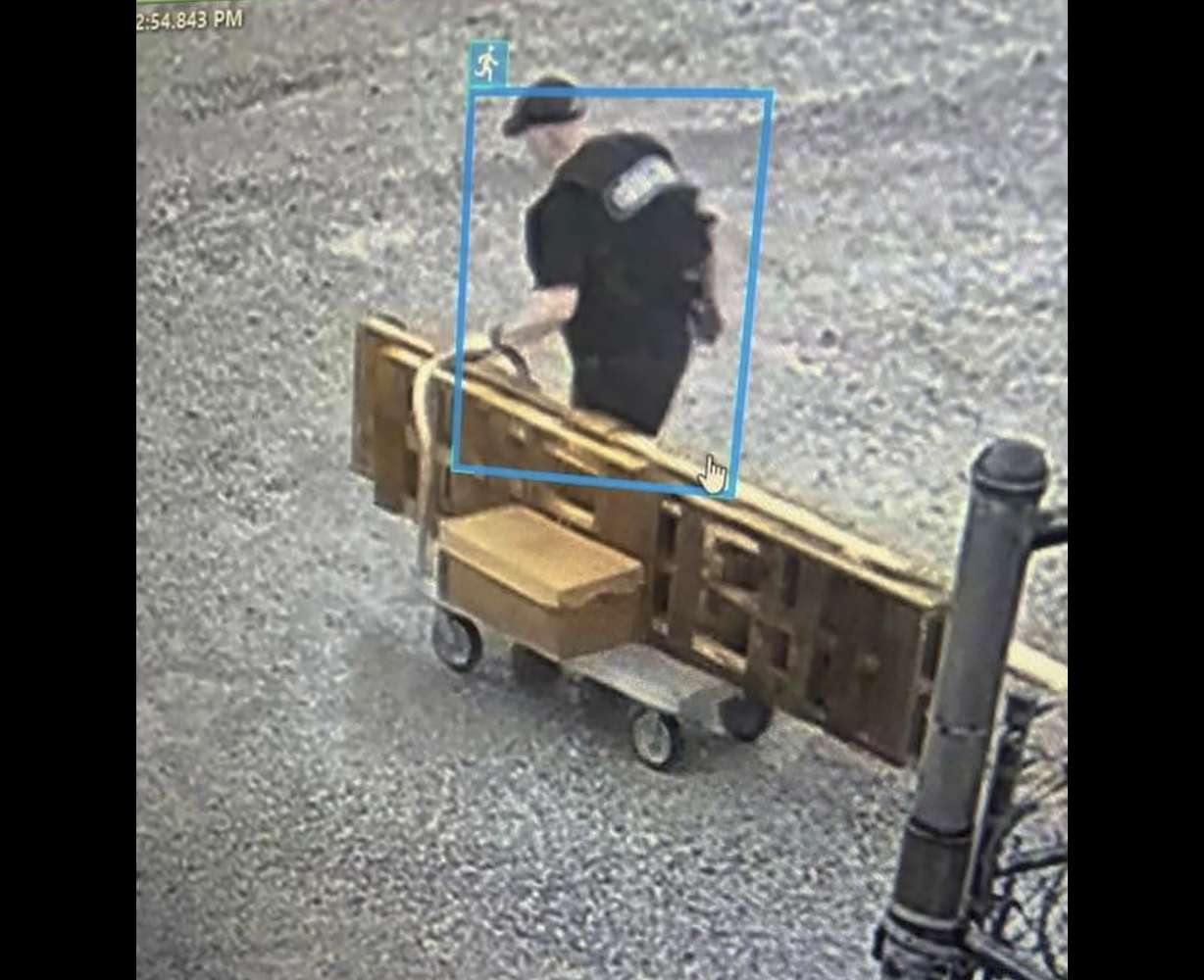Estimated read time: 3-4 minutes
LITTLE ROCK, Ark. — Arkansas authorities on Tuesday released a photo rendering of a convicted murderer and former police chief known as the "Devil in the Ozarks" as the search for the escaped inmate entered its second week.
The new image was released as state legislators raised concerns about Hardin's escape and said they planned to conduct a review of how it occurred.
The Arkansas Department of Corrections said the photo rendering of Grant Hardin, 56, depicts how he may look after he escaped May 25 from the Calico Rock prison. The rendering shows Hardin with some hair on his head and face.
Authorities have said Hardin escaped by donning an outfit designed to look like a law enforcement uniform.
Rand Champion, a department spokesperson, said officials are focusing their search on the north-central Arkansas region where the prison is located. Tips from elsewhere about potential Hardin sightings have come in, but so far none have panned out, Champion said.
Hardin, a former police chief in the small town of Gateway near the Arkansas-Missouri border, was serving lengthy sentences for murder and rape. He was the subject of the TV documentary "Devil in the Ozarks."
Hardin was housed in a maximum-security wing of the primarily medium-security prison, formally known as the North Central Unit. Officials are investigating whether a job Hardin held in the kitchen aided in his escape, including whether it gave him access to materials he could have used to fashion his makeshift uniform.
The co-chairs of a legislative subcommittee overseeing the prison system told the head of the state Board of Corrections that they planned to conduct a review of any "inadequacies or deviations" from security protocols that allowed Hardin to escape.
Area legislators have raised questions about why Hardin was being held at the Calico Rock facility.

The letter was sent Monday by Republican Rep. Howard Beaty and Sen. Matt McKee to Benny Magness, who heads the state board.
"Given Hardin's background as a former law enforcement officer and his history of working for multiple law enforcement agencies, it is evident that he possesses knowledge and skills that enabled him to exploit weaknesses in our security protocols," the lawmakers wrote. "His manipulation of the system by wearing a disguise resembling a uniform is disturbing and speaks to a broader system failure."
Hardin pleaded guilty in October 2017 to first-degree murder in connection with the shooting death of 59-year-old James Appleton. According to an affidavit filed in the case, Appleton worked for the Gateway water department and was talking to his brother-in-law, then Gateway Mayor Andrew Tillman, when he was shot in the head on Feb. 23, 2017, near Garfield. Police found Appleton's body inside a car.
Hardin, who was Gateway's police chief for about four months in early 2016, was sentenced to 30 years in prison. He is also serving 50 years in prison for the 1997 rape of an elementary school teacher in Rogers north of Fayetteville.
KFSM-TV, reporting on his guilty plea in 2019, wrote that police used DNA samples from the crime scene to apply for a John Doe Warrant in 2003 as the statute of limitations neared. The DNA was tested against old and new profiles, and investigators got a match when Hardin was imprisoned for killing Appleton.








